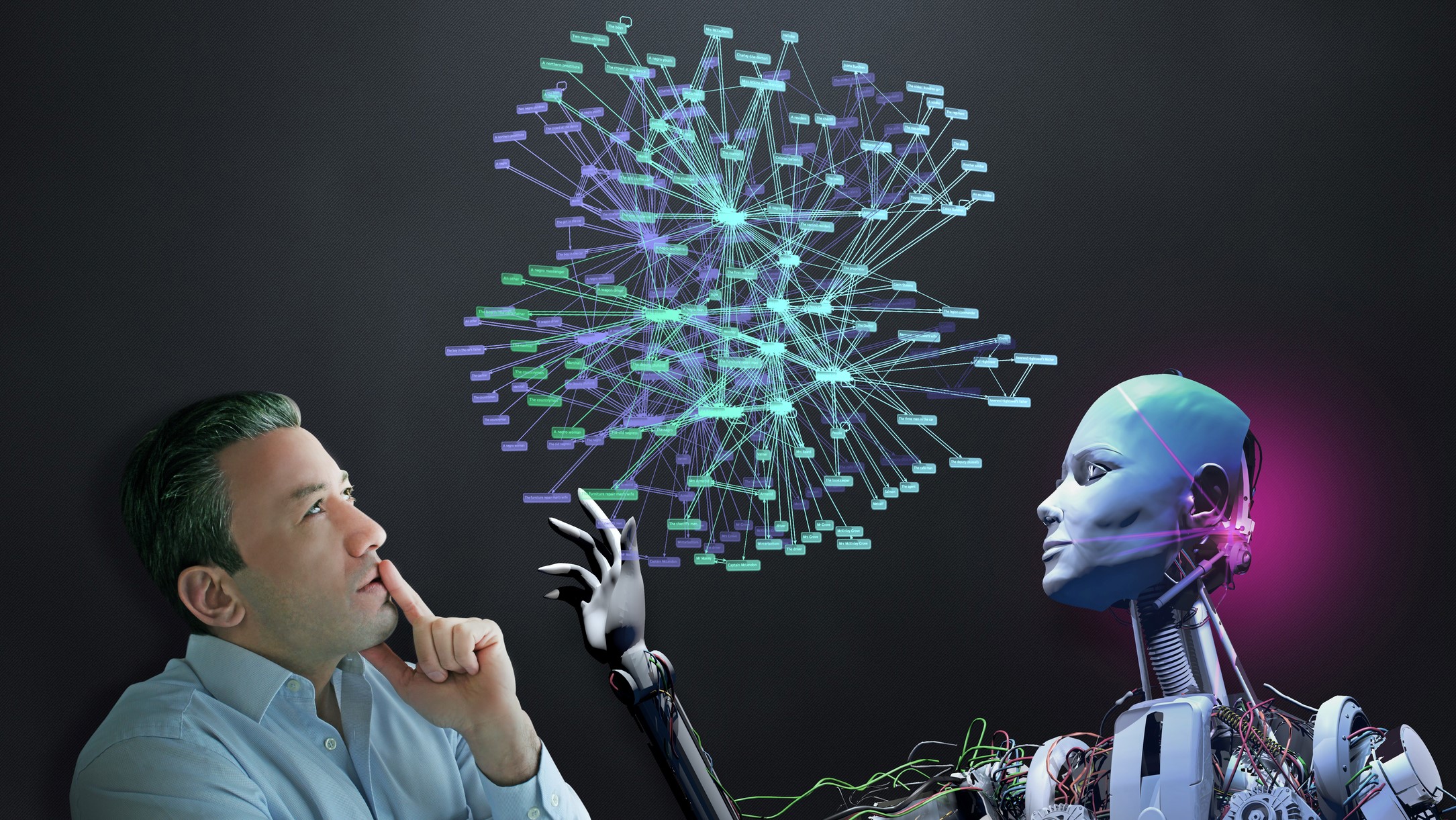AI and training: extending learning into day-to-day work
How AI can enhance the learning process

Anyone in a technology job knows that education doesn’t end with a degree or certificate. The rapid pace of technology advancement means that any programmer or IT administrator needs to constantly take lessons or even full courses to stay current. Anyone who isn’t familiar with the latest tools and techniques, isn't going to be in practice for long.
But the traditional method misses a key opportunity for learning: people learn best while on the job, and they often need help applying the skills they learned in a real or virtual classroom. People spend an amazing amount of time researching answers to problems. According to an IDC survey from all the way back in 2013, the average knowledge worker spends up to 30 percent of a workday researching solutions to problems. Six years later and with ever more complicated business and IT systems to deal with, it is easy to imagine that percentage is even higher.
AI can help, though it won’t replace human beings in the learning process. Certainly, artificial intelligence systems will likely replace a small number of jobs that involve repetitive processes in the near future, but AI will mostly be used to help people do their jobs better rather than doing the job for them. In the case of learning, AI can bring learning into day-to-day work through assistance with on-the-job training and corporate e-learning.
- The future of work in the age of AI
- AI is transformational for businesses of all sizes
- UK leading the way in AI jobs
Start with the right questions
Outside of the classroom and on the job, AI can help a worker learn while doing by answering questions about a specific training topic. The first and most obvious way AI can help is natural voice recognition, driven by machine learning. Modern consumer products like Google Home and Amazon’s Alexa show how far such systems have come in being able to recognize normal human speech. This ability is vital to AI’s ability to help field natural language questions on the job, particularly in a noisy environment.
But the most important role for AI in remote on-the-job education is being able to have the correct answers readily at hand. And to do this accurately requires the AI to understand not just the meaning of the words, but also the context of the question.
Without a good understanding of a question’s context, we risk replicating the “Google Doctor” problem, where users get answers that best match the exact words of the query from a vast database of information, but ignore the context required to narrow down the exact problem being asked about. In a best-case scenario, this can lead to answers that may be technically correct for the question asked, but unrelated to the actual problem. More often, the answer could be completely wrong. Just ask any doctor, and they’ll tell you how frequently their patients come to them with a bad self-diagnosis or treatment thanks to a few minutes with a search engine
Similarly, the level of experience of the student may result in significantly different answers that would be appropriate. For example, a network administrator learning a new transport protocol on the job, such as NVMe over Fabric, may ask questions early on that seemingly aren’t related to the particular nature of NVMeoF, because they aren’t familiar with it.
Are you a pro? Subscribe to our newsletter
Sign up to the TechRadar Pro newsletter to get all the top news, opinion, features and guidance your business needs to succeed!
Once the question is understood in context, the AI can then help provide an answer. But it shouldn’t do this all alone, because even with a database of prior course content to draw on, a human expert should sign off on the initial answer to a question to ensure accuracy. However, after that question is answered, the AI can handle similar queries from students, and only kick up answers to experts for approval on questions for which it has not previously received sign-off. Additionally, the AI can act as an alert system to both the experts and the course creators, if it finds the questions about topics for which it can’t find answers in the course materials. This process can create a virtuous feedback loop, helping course designers ensure their classes keep up-to-date with students’ needs and new advancements in the field.

Make it open and transparent
Whatever the mix of human expert and AI, the artificial intelligence part needs to be as open source as possible. The proprietary “black box” type of AI is fine if you are creating a one-off demonstration system, such as Google’s AlphaGo AI family, which learned to play the game Go at the very highest level, beating some of the best professional players.
Developed by Google’s DeepMind division in London, the family includes the original AlphaGo and increasingly powerful successors AlphaGo Master, AlphaGo Zero and AlphaZero. It’s an incredible achievement in AI. Because Go does not lend itself to the kind of brute force tactics that apply to a more confined game like chess, mastering the game has long been a holy grail of sorts for AI researchers. But, unfortunately, AlphaGo is a black box, unable to explain why it makes so many unintuitive but clearly excellent moves.
Black box AI does very little to help us learn
Likewise, when it comes to e-learning, open source platforms such as Open edX can make it much easier to integrate an AI, because you can see exactly how the system works, and it can also make it easier to swap content between applications. Based on open source software such as Ubuntu, Docker, django and React, Open edX is the education software platform behind edX, the joint e-learning project from MIT and Harvard.
I will be speaking at greater length about how AI to enhance on-the-job training and corporate e-learning at Open edX 2019, scheduled for late March at UC San Diego. The more corporate knowledge and training officers know about how AI can work with them to enhance e-learning and training, the more efficient their training and become and the more productive their workforce will become.
AI isn’t some science fiction creature that will put vast numbers of people out of a job and onto the streets. It can be a way to improve the work experience of many workers, improving their personal skill sets and knowledge base, while increasing the productivity of an organization’s workforce. Natural language query recognition, AI-assisted answer databases and AI-driven problem detection and reporting are just a few ways that artificial intelligence will significantly improve the lives of corporate knowledge departments in the very near future.
Walter Bender, CTO at Sorcero
- We've also highlighted the best AI platforms for business
Walter Bender is CTO at Sorcero, a start-up creating AI to extend learning beyond the classroom and into the workplace. He has served as executive director of MIT Media Lab. He has worked tirelessly to promote excellence in education for children in the US but also for the world's most needy. He is a thoughtful dedicated educator working to improve how students learn.
